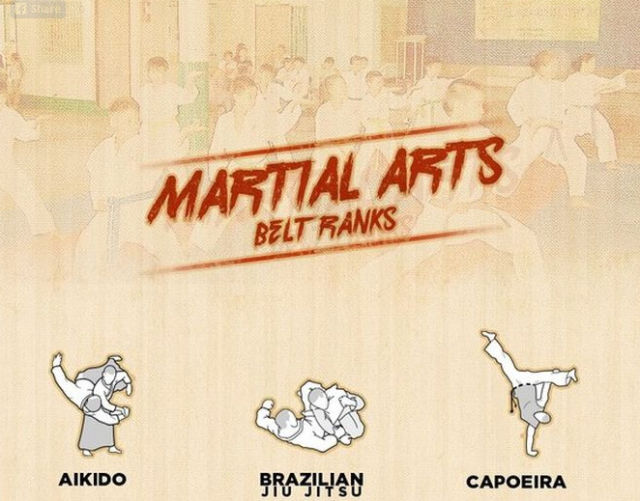Discover The Enthralling Path Of Martial Arts, Where Historical Customs Blend With Existing Methods, Exposing Facts That Persistently Mold The Present-Day Combat Scene
Discover The Enthralling Path Of Martial Arts, Where Historical Customs Blend With Existing Methods, Exposing Facts That Persistently Mold The Present-Day Combat Scene
Blog Article
Authored By-Chu Graham
Martial arts have an interesting history that extends centuries and continents. You might find it appealing just how ancient practices like Shuai Jiao and Kalaripayattu prepared for modern battle methods. These self-controls not just highlight physical skills yet additionally mirror the cultures that birthed them. As you explore their evolution, take into consideration how globalization has actually changed these traditional types into crossbreed styles. What impacts do you think have formed today's martial arts landscape?
Ancient Martial arts: The Structures of Battle
As you explore the world of old martial arts, you'll discover the rich foundations that formed combat techniques throughout cultures. Early methods focused on Self-Defense and survival, often incorporating strikes, hurting, and weaponry.
In old China, for instance, methods like Shuai Jiao highlighted tosses and joint locks, while India's Kalaripayattu showcased dexterity and fluid motion. Japanese samurai established Kenjutsu, a polished swordsmanship that highlighted technique and technique.
These martial arts served not just for battle yet likewise as a way of individual growth, instilling worths like regard and determination. The mixing of these strategies with time prepared for the diverse martial arts you see today, each mirroring the unique ideologies and requirements of its culture.
The Social Impact on Martial Arts Development
While martial arts typically mirror the practical demands of a society, they also symbolize the cultural worths and beliefs of their origins. When martial arts like karate explore various martial arts, you'll observe how they're affected by religion, viewpoint, and social norms.
For example, the focus on regard and technique in Japanese martial arts comes from Zen Buddhism and samurai culture. On the other hand, Brazilian Jiu-Jitsu advertises adaptability and approach, shaped by the need for efficiency in a diverse, modern setting.
You may find that the routines, attires, and training methods show an area's history and identity. By understanding these cultural influences, you grow your appreciation of martial arts and their role in shaping human experiences around the world.
Modern Adaptations and the Globalization of Martial arts
Martial arts have actually changed dramatically in recent years, adjusting to modern culture and global influences. You'll observe that typical types have mixed with contemporary methods, developing hybrid styles like MMA. These adaptations cater to varied target markets, making martial arts available and appealing globally.
With the rise of social media and digital systems, you can find tutorials and competitors from all edges of the world, breaking geographical obstacles. This globalization has actually resulted in a shared gratitude for different disciplines, from Brazilian Jiu-Jitsu to Taekwondo.
As you involve with these arts, you'll understand they're not almost battle; they advertise fitness, self-control, and psychological wellness.
Eventually, modern-day adaptations have actually enriched the martial arts landscape, making it a vibrant and developing practice.
Conclusion
In exploring the background and advancement of martial arts, you discover an interesting mix of strategies, societies, and ideologies. From old techniques like Shuai Jiao and Kalaripayattu to the modern-day flexibility seen in MMA, martial arts mirror humankind's mission for Self-Defense and individual growth. As you involve with these practices, you not only acquire abilities yet also a much deeper gratitude for the varied traditions that form our globe today. So, proceed your journey and accept the art of battle!
